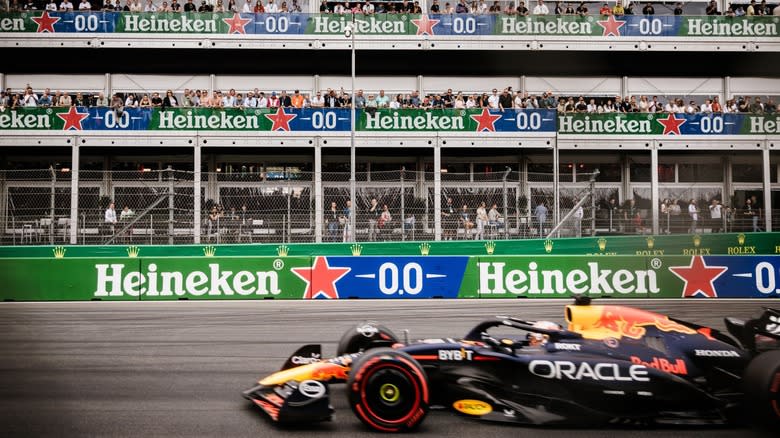
If you've watched a Formula 1 race recently, you've probably noticed the cars are plastered with beer logos. But not just any beer — we're talking the 0.0%, non-alcoholic stuff. With no-alcohol beer sales rising, Heineken, Peroni, Estrella... they're all pushing their zero-proof suds like it's the next big thing. And in a way, it is.
This isn't just about catering to the designated drivers; it's a brilliant marketing ploy that lets these brands have their beer and drink it, too — legally speaking. By splashing "0.0" everywhere, they navigate a minefield of global ad laws that would otherwise ban them from promoting some of their biggest sponsors. With F1 races spanning 21 countries and broadcasts beaming into dozens more, keeping things polite — and legal — in every market is harder than keeping up with Red Bull Racing's second seat.
It's a clever loophole, one that keeps their brand name front and center in a sport built on speed, glamour, and, historically, a whole lot of vice. This isn't a new-age wellness push; it's a masterclass in corporate maneuvering that has deep, slightly questionable roots in F1's history of controversial sponsorships.
Read more: Every 2025 Formula 1 Livery, Ranked From Worst To Best
A Playbook Inherited From Big Tobacco
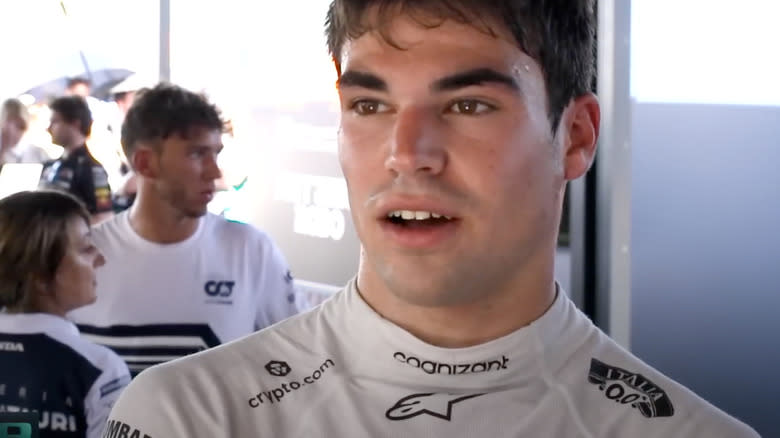
This whole "look at our totally responsible, non-alcoholic product!" strategy wasn't cooked up in a marketing meeting last week. Oh, no, the alcohol giants are just borrowing a page from the well-worn playbook of Big Tobacco. Those early episodes of "Mad Men" with Lucky Strike? Those were, albeit with some creative license, based on real events. Back when cigarette ads were being run out of town, tobacco companies got creative, using "alibi marketing" to keep their brands visible. The 0.0% beer campaign is the modern adaptation of this, allowing brands to maintain a presence in "dry markets" where alcohol advertising is a huge no-no.
A perfect example is France, where the "Loi Évin" is so strict it even bans indirect advertising. This means even a 0.0% logo is illegal if it reminds people of the alcoholic version, forcing teams to get weirdly creative. At the French Grand Prix, Aston Martin ran a brand-less blue ribbon for Peroni, while Alfa Romeo slapped "Singha Drinking Water" on its car. Ferrari took it a step further and simply removed any mention of its Estrella Galícia sponsorship, covering the logo up with a sticker on its drivers' helmets. It's a strategy of "creative compliance," a way of winking at the rules that some might call a dangerous cocktail of marketing and ethics.
A Win-Win For F1 And Beer Brands
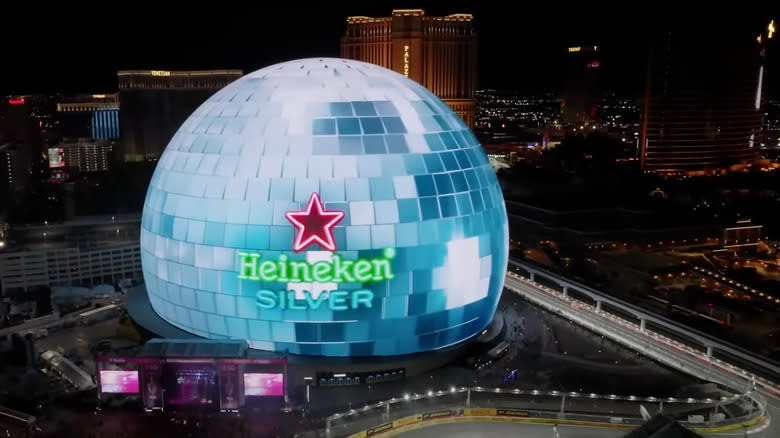
Why does this gambit work so well? It's a perfect storm of market trends, changing fanbase, and clever branding. The non-alcoholic beverage market is exploding, with revenue estimates near $17 billion in 2023. Brewers also don't bother inventing spin-off brands; they just bolt a "0.0" onto the same bottle, colors, and trandemarks — so Heineken 0.0 and Peroni 0.0 are instantly recognizable — whereas automakers deliberately split identities into entirely separate brands like Chevy, Buick, and Cadillac.
But what about the champagne and spirits sponsors — how do they get away with it? Glenfiddich, Aston Martin's Scotch whisky partner, only appears on the car in markets where alcohol sponsorship is permitted. As for the iconic champagne podium celebrations, the contents are often swapped for rose water in countries where booze is a no-go — though the bottle still wears its usual sponsor branding.
F1 gives non-alcoholic beer a glamorous high-octane platform, making it look cool to crack open a zero-proof can. In return, the massive sponsorship dollars — Heineken's deal is reportedly worth up to $250 million — keep the F1 financial engine running smoothly. It's a symbiotic relationship that has, for now, skirted around regulators and met in the middle with critics. But as we've seen with other Formula 1 sponsorship deals that have gone south, the track record for these kinds of arrangements isn't always spotless.
Want more like this? Join the Jalopnik newsletter to get the latest auto news sent straight to your inbox...
Read the original article on Jalopnik.
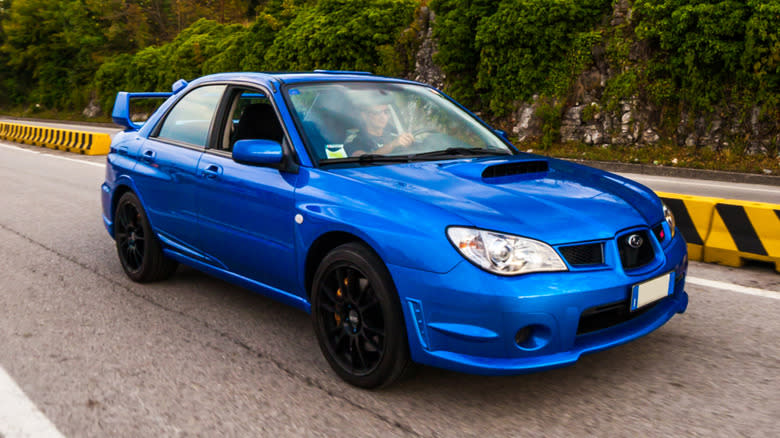
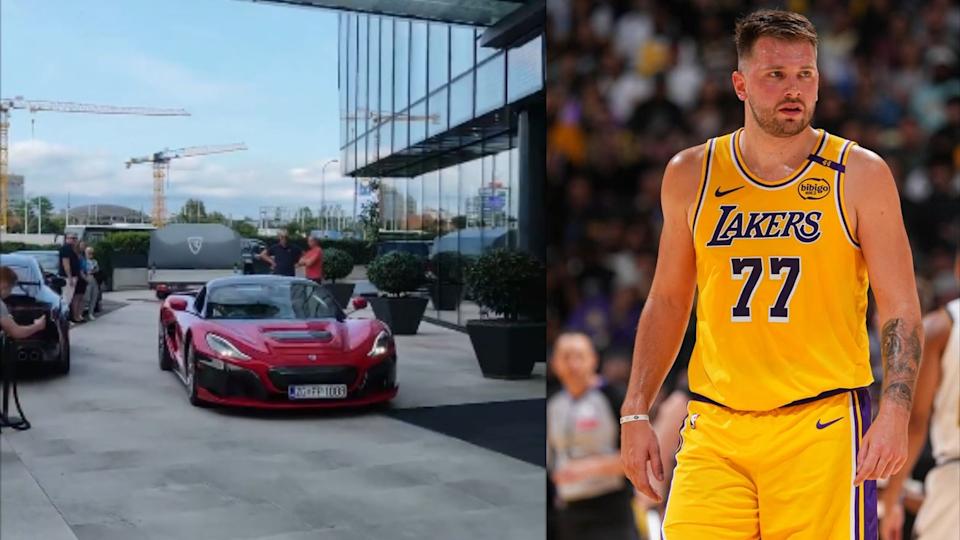
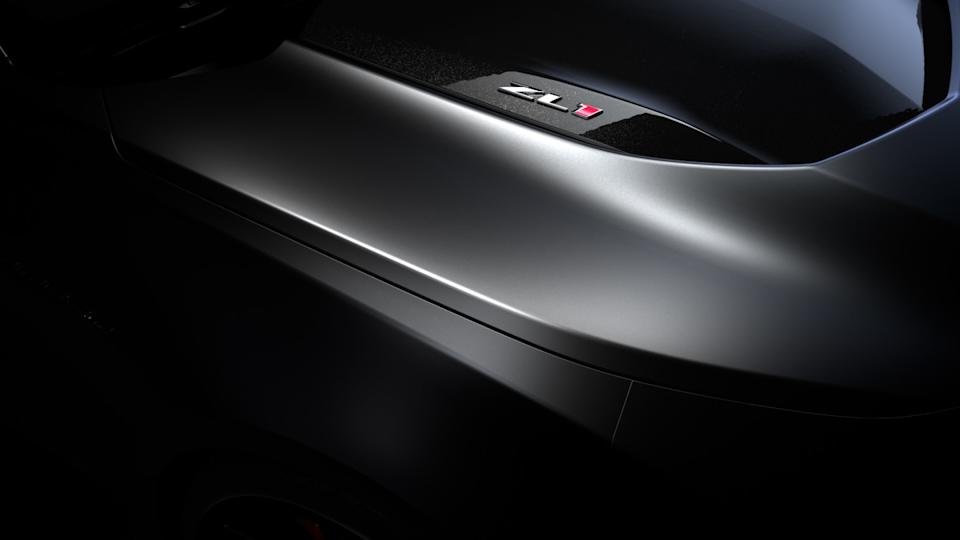
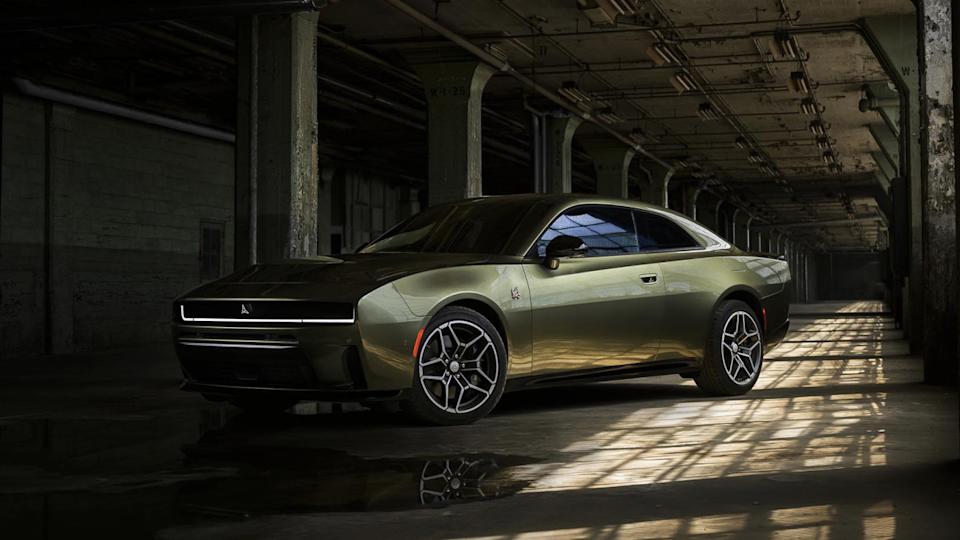

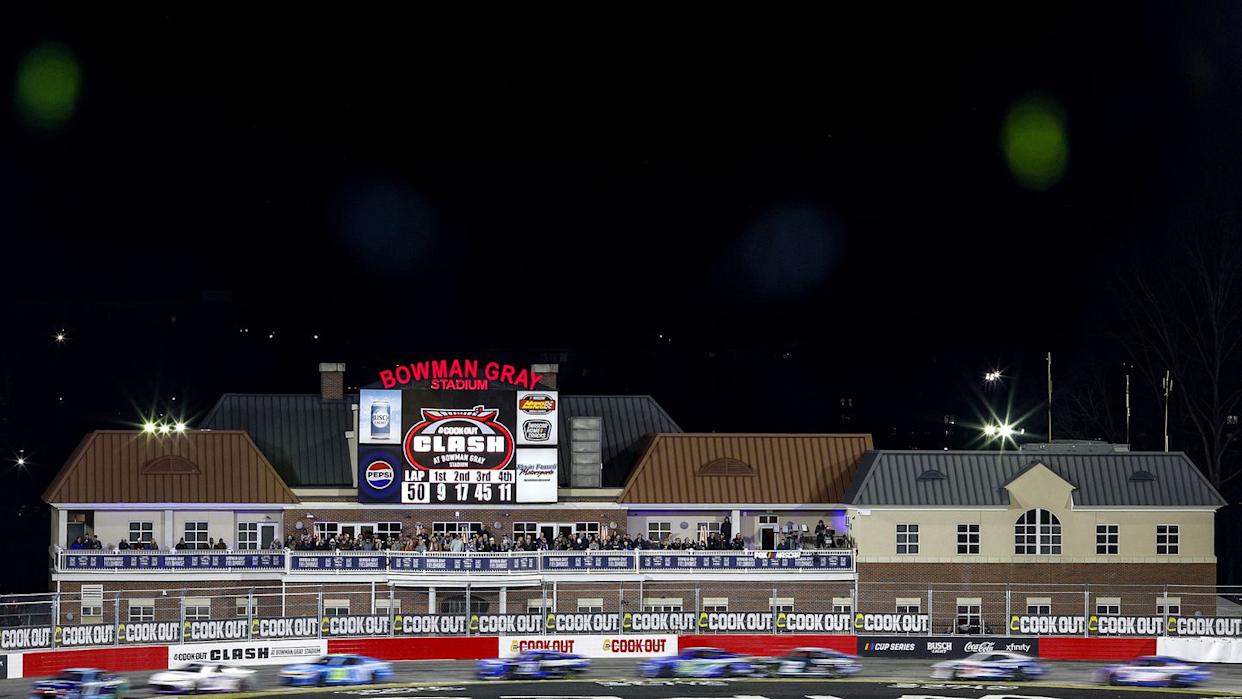
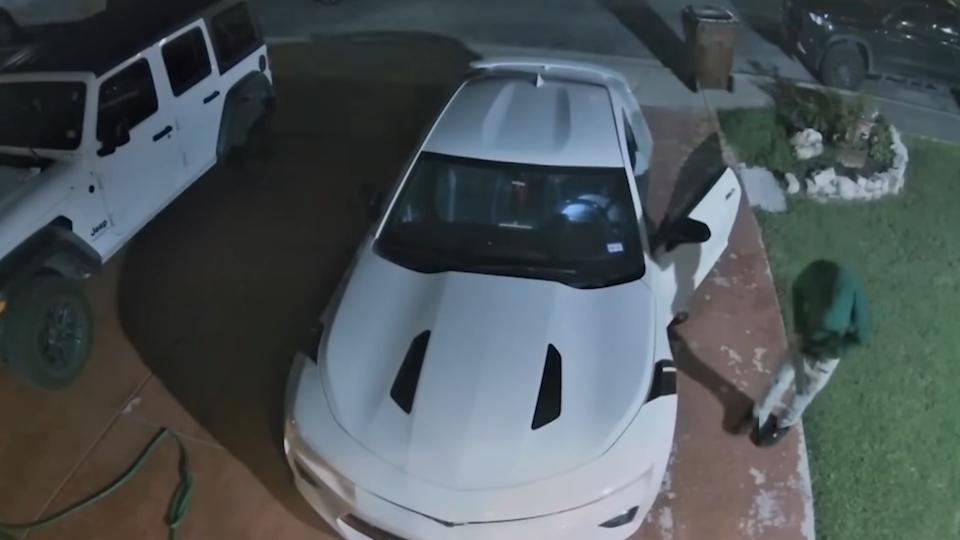
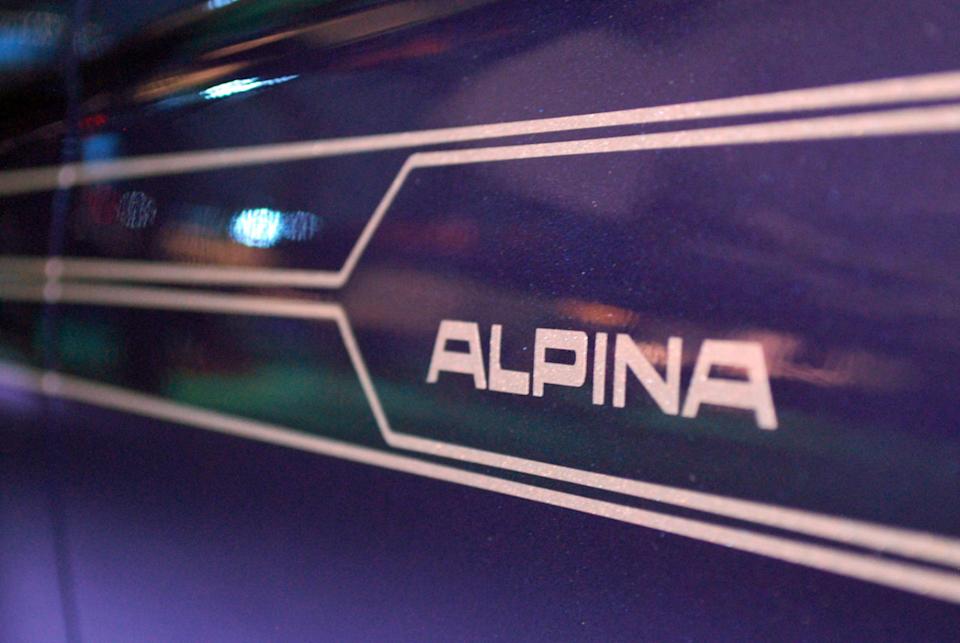
Comments